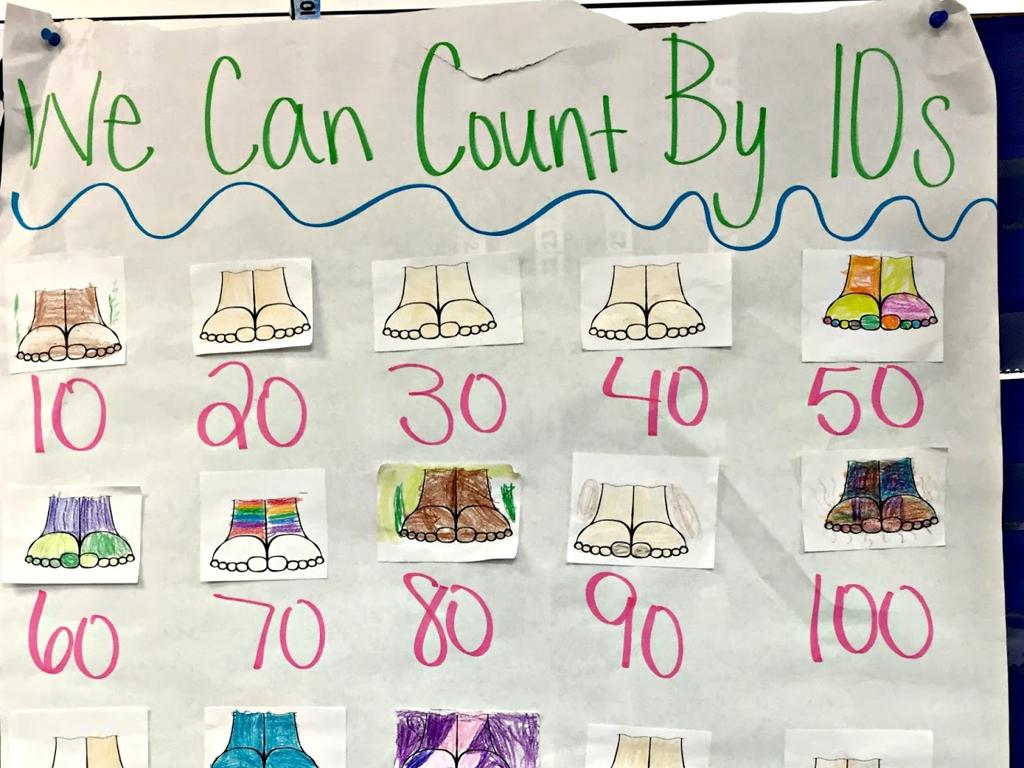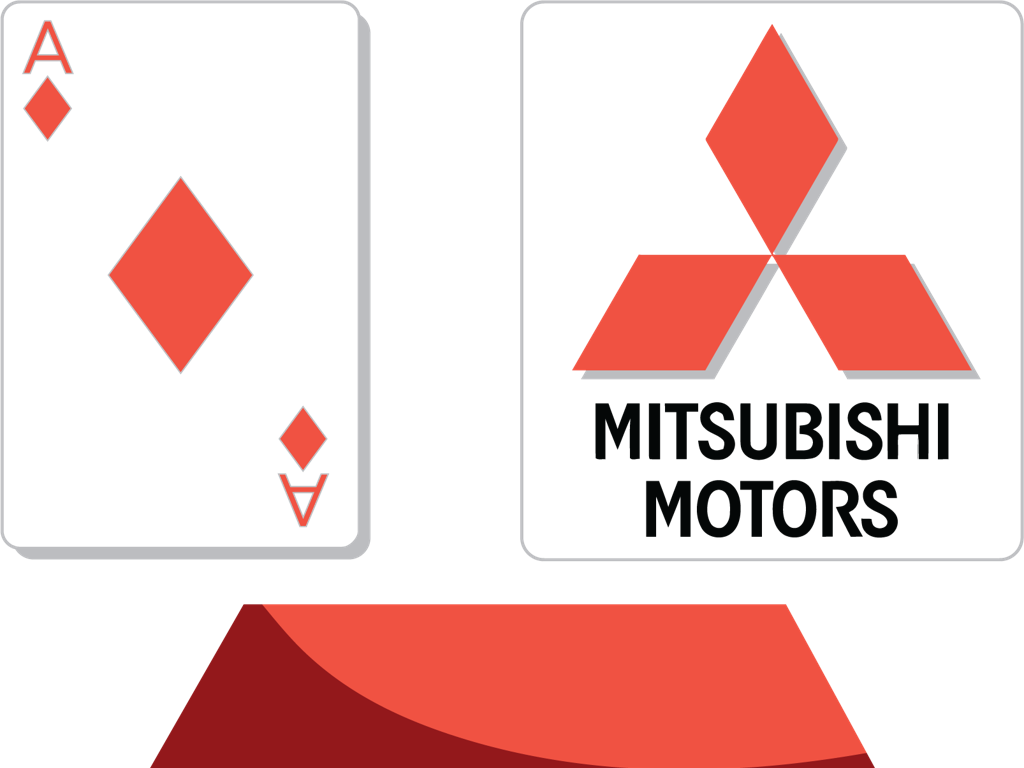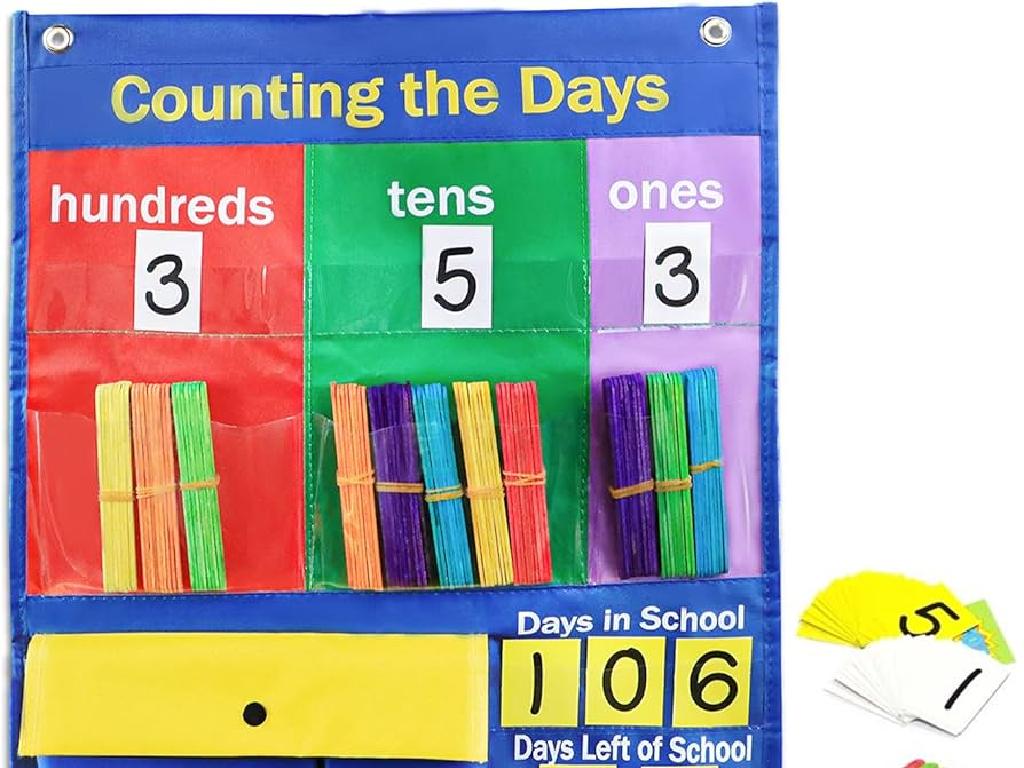Identify Transitive And Intransitive Verbs
Subject: Language arts
Grade: Eighth grade
Topic: Verb Types
Please LOG IN to download the presentation. Access is available to registered users only.
View More Content
Transitive & Intransitive Verbs
– Verbs: Action or state of being
– Transitive verbs need an object
– Example: ‘She kicked the ball.’ ‘Kicked’ needs ‘ball’ to complete the action.
– Intransitive verbs stand alone
– Example: ‘He sleeps.’ ‘Sleeps’ does not need an object to make sense.
– Differentiating enhances writing
|
This slide introduces the concept of transitive and intransitive verbs, which are both important components of sentence structure. Verbs are words that describe an action or a state of being. Transitive verbs require an object to receive the action, while intransitive verbs do not. Understanding the difference is crucial for students as it helps them construct grammatically correct sentences and enhances their writing skills. Provide examples and encourage students to create their own sentences to practice identifying transitive and intransitive verbs. This foundational knowledge will also aid in understanding more complex grammatical structures in future lessons.
Understanding Verbs: Transitive & Intransitive
– Verbs: Action or State
– Verbs express an action (run, jump) or a state of being (is, appear).
– Transitive verbs explained
– Transitive verbs require an object to receive the action (e.g., ‘She kicked the ball’).
– Intransitive verbs clarified
– Intransitive verbs do not need an object (e.g., ‘He sleeps soundly’).
– Examples in sentences
– ‘She reads a book’ (transitive) vs. ‘She smiles’ (intransitive).
|
Begin with a quick review of verbs as words that describe actions or states of being. Highlight that verbs are essential components of sentences, providing the action that connects the subject with the rest of the sentence. Then, introduce the concept of transitive verbs, which require an object to complete their meaning, and intransitive verbs, which do not. Provide clear examples for each to solidify understanding. Encourage students to identify verbs in sentences and determine whether they are transitive or intransitive by looking for the object that receives the action of the verb.
Understanding Transitive Verbs
– Define transitive verbs
– Verbs that must have an object to complete their meaning
– Transitive verbs need an object
– Without an object, the sentence feels incomplete
– Example: ‘She threw the ball.’
– ‘Threw’ is the verb, ‘ball’ is the object receiving the action
– ‘Ball’ receives the action
– The object ‘ball’ is necessary to complete the action of throwing
|
This slide aims to clarify the concept of transitive verbs for eighth-grade students. Begin with the definition, emphasizing that transitive verbs cannot stand alone and require an object to complete their meaning. Use clear examples to illustrate this point, such as ‘She threw the ball,’ where ‘threw’ is the transitive verb and ‘ball’ is the object receiving the action. Highlight that without the object, the action described by the verb would be incomplete. Encourage students to identify the transitive verb and its corresponding object in sentences and to create their own examples to reinforce their understanding.
Understanding Intransitive Verbs
– Define intransitive verbs
– Verbs that don’t pass action to an object
– No object needed
– Example: ‘He sleeps’
– ‘Sleeps’ doesn’t need an object to make sense
– Recognizing intransitive verbs
– Look for verbs that stand alone without an object
|
In this slide, we’re focusing on intransitive verbs, which are action verbs that do not require a direct object to complete their meaning. Explain that these verbs are self-contained and do not need something or someone to receive the action. Use the example ‘He sleeps’ to illustrate that ‘sleeps’ is complete on its own and does not act on an object. Encourage students to identify intransitive verbs by looking for actions that do not transfer to another noun or pronoun. Provide additional examples and ask students to create sentences with intransitive verbs to reinforce the concept.
Identifying Transitive & Intransitive Verbs
– Finding verbs and their objects
– Verbs express action or state, and objects receive the action.
– Practice with sample sentences
– We’ll analyze sentences to locate the verbs.
– Differentiate transitive from intransitive
– Transitive verbs require an object; intransitive do not.
– Class activity: Verb identification
– Work in pairs to identify verbs in sentences provided.
|
This slide is aimed at teaching students how to identify verbs and their objects within sentences, which is crucial for understanding transitive and intransitive verbs. Begin by explaining that verbs can show action or a state of being, and that objects are the receivers of the action. Use sample sentences to practice finding verbs. Then, guide students to determine whether the identified verbs are transitive (requiring an object) or intransitive (not requiring an object). For the class activity, have students work in pairs to identify verbs in a list of sentences you provide. Offer several examples and encourage discussion among pairs to facilitate learning. Possible activities include sentence creation, peer teaching, and group presentations of their findings.
Let’s Practice: Transitive vs. Intransitive Verbs
– Interactive verb identification
– Analyze sentences together
– We’ll look at sentences on the board and find the verbs
– Class votes on verb types
– Is the verb transitive, with a direct object, or intransitive, without one?
– Discuss reasons for choices
– We’ll talk about why each verb is transitive or intransitive
|
This slide is for an interactive class activity to help students identify and differentiate between transitive and intransitive verbs. Write sentences on the board and guide the class to find the verbs. Once identified, have the class vote on whether each verb is transitive or intransitive. After voting, discuss as a class why each verb fits its category, focusing on the presence or absence of a direct object. This activity encourages participation and critical thinking. Possible sentences for practice could include: ‘The cat chased the mouse’ (transitive), ‘Birds sing beautifully’ (intransitive), ‘She reads the book’ (transitive), ‘He runs fast’ (intransitive).
Group Activity: Verb Hunt
– Split into groups for the activity
– Find verbs in given paragraphs
– Look for action words in the text
– Classify verbs: transitive or intransitive
– Does the verb have a direct object? It’s transitive. No object? It’s intransitive.
– Present your findings to the class
|
This group activity is designed to reinforce the students’ understanding of transitive and intransitive verbs through practical application. Divide the class into small groups and provide each with a paragraph containing several verbs. Each group’s task is to identify all the verbs and determine whether they are transitive (verbs that require a direct object) or intransitive (verbs that do not require a direct object). After the identification process, groups will present their findings, explaining why they classified the verbs as they did. This will foster collaborative learning and critical thinking. Possible paragraphs for the activity could include excerpts from literature, informative articles, or even student-written pieces to add variety and interest.
Homework: Transitive vs. Intransitive Verbs
– Find sentences with verbs at home
– Determine verb types: transitive or intransitive
– Transitive verbs take a direct object, intransitive do not.
– Justify your verb classification
– Explain why the verb is transitive or intransitive with examples.
– Write down your findings
|
This homework assignment is designed to reinforce the lesson on transitive and intransitive verbs. Students should find sentences in any book or article and identify the verbs used. They must then determine whether each verb is transitive, having a direct object, or intransitive, not having a direct object. Students should write down their reasons for each classification, which will help them understand the difference between the two types of verbs. For example, in the sentence ‘She sang a beautiful song,’ ‘sang’ is a transitive verb because it has a direct object ‘song.’ In the sentence ‘He sleeps soundly,’ ‘sleeps’ is intransitive as there is no direct object. Encourage students to explain their reasoning clearly and provide examples to support their answers. This exercise will help students to analyze sentence structure and enhance their grammatical skills.
Conclusion: Transitive vs. Intransitive Verbs
– Recap: Transitive verbs need an object
– Example: ‘She plays the violin.’ – ‘plays’ needs ‘the violin’ to make sense.
– Recap: Intransitive verbs stand alone
– Example: ‘He sleeps.’ – ‘sleeps’ makes sense without an object.
– Importance of knowing the difference
– Understanding verb types improves writing clarity and grammatical accuracy.
– Open floor for questions and clarifications
|
As we wrap up, remind students that transitive verbs require a direct object to complete their meaning, while intransitive verbs do not. Emphasize the importance of recognizing these differences as it helps in constructing clear and grammatically correct sentences. Encourage students to ask questions about any confusion they may have regarding verb types. Provide additional examples if necessary to ensure understanding. This knowledge will aid them in identifying sentence structures and enhance their writing skills.





